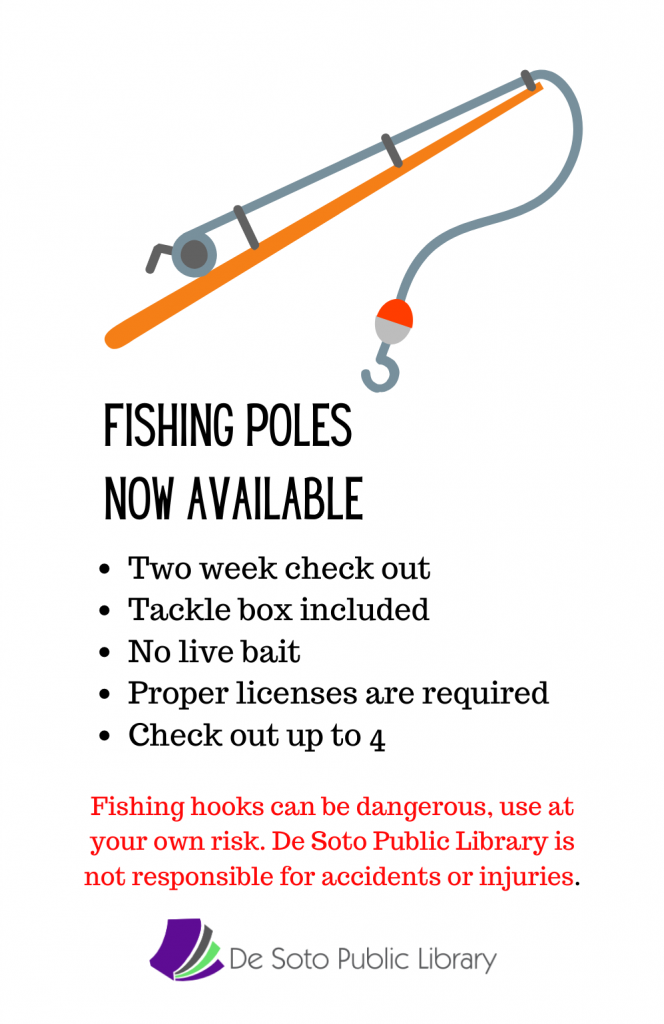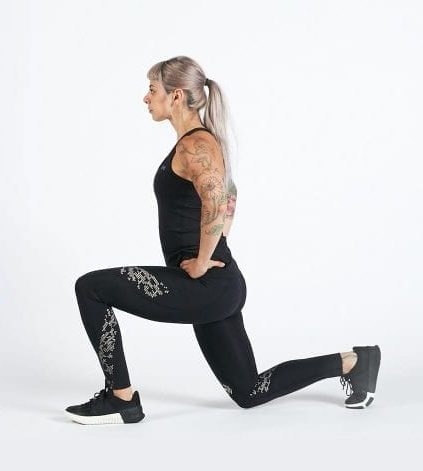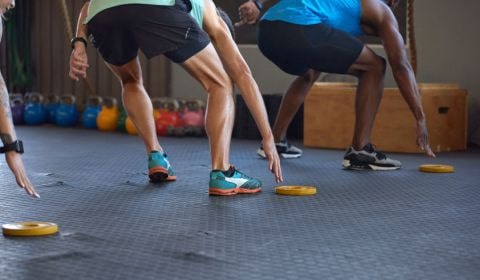Earth Day

Earth Day has always been about the environment and raising environmental awareness. With the farmers’ market opening in a couple of days, it is a good chance to learn more about one of the most important environmental processes known to man. Without this, we would still be hunter/gatherers. We owe a lot to agriculture!
What do you really know about your “food system”, or in simpler terms, “Where does your food originate?” As a long-time follower of Michael Pollan, I’ve learned a lot about things we can do to make our food supply more sustainable, and the farmers’ market is a great start. Our market (yes, our small market that hangs out on Saturdays on Main Street) is a producer-only market. This means, you aren’t going to be buying tomatoes from Bradley County, Arkansas or peaches from Georgia. This is kind of a big deal! Not all farmers’ markets are producer-only, and the fact that we have one right on Main is a great testament to support of local agriculture. Farmers make that possible, but so do customers and volunteers. Your knowledge and desire to purchase local goods isn’t just good for the local economy: it’s GREAT for the local economy!
It’s also…hmmm, what’s the word?…
Healthy!
So go ahead. Celebrate Earth Day. Below are some resources you might find interesting related to food, the environment, and sustainability. We’ll see you on Saturday at the farmers’ market.
Ted Talk featuring Michael Pollan
Upcycled Food Quiz
A Discussion about Food Waste
Spring in Missouri
It’s time to head outside!
My husband is counting the days until Monday. That’s when the spring turkey season opens in Missouri, and he gets to stalk birds through the woods. I appreciate that he does this, but it is too cold for me. Yes, I might run 3 miles when it is 30 degrees, but walking or sitting for any length of time outside on a cold morning trying to catch site of a “thunder chicken” isn’t my idea of a good time.

April marks the beginning of many new things in Missouri, and my husband always catches site of some of the treasured fungus. He sees morel hunters with their orange mesh bags while he’s out in the woods. If morel hunting is something you’d like to do, but aren’t sure about how to get started and would like to avoid eating a potentially hazardous fungus, consider tagging along with an experience mushroom hunter or checking with the Missouri Conservation Department about upcoming classes offered. They usually do several mushroom workshops during the spring.
Something else that also begins in April and continues through the warm months is the start of nicer weather for fishing. I was just talking to someone the other day about wading in the White River and fishing for smallies (smallmouth bass) in the spring with top-water baits when the water is nice and clear. You can do that same thing in the Joachim; just make sure you avoid trespassing.
Another idea is to take your kids fishing. Even if it is something you have never done, you can learn and have a ton of fun. A small lake, lawn chair, ultralight tackle, and bait are about all you need to try your hand at bluegill fishing. Crickets are our preferred bait for those, and you can find information online about how to hook the cricket, cast, and clean fish. If you’ve never fished before, its a perfect chance to learn right along with your kids.

It can be an expensive sport, but it doesn’t have to be. If you’re short on equipment or just want to try it before you decide if you like it, the DeSoto Public Library has a new program where you can checkout fishing equipment. They have rod/reel combos and a small tackle box. All you need then is a library card and bait!
Go check out their Zebco 33s and give it a shot.
The free fishing weekend in Missouri is the Saturday and Sunday after the first Monday of June. That’s when you can fish without a fishing license across the state. You can learn more about that here.
Move More-HIIT
That’s no spelling error!
HIIT is an acronym for High Intensity Interval Training. The hallmark of HIIT is repeated, extremely hard bouts of work interspersed with periods of recovery. During your work intervals, you’ll be challenging yourself nearly to your max.

It is important to really push yourself during the work periods and take advantage of the recovery periods too. When your body is going all-out during true HIIT, it relies on your anaerobic pathways (breaking down glucose without oxygen). This provides an immediate bump in energy, but the amount is very limited—which means the length of time you can sustain your maximum effort is very limited too.
Recovering before the next interval is essential. The variation from max effort to recovery provides great cardio conditioning.
So, where to start. There are HIIT classes at some of the local gyms, or you can find different workout videos on YouTube. Make sure you have good form for any of the intervals online because bad form can lead to injury. If in doubt, ask a trainer for guidance.
I like Growing Annanas. She doesn’t talk much, and although her music isn’t great, the descriptions of her videos are handy. This particular video is just a 25 minute HIIT workout with a cool down. It doesn’t require equipment, but the workout is fierce. If you need to make it easier, modify the interval times. Instead of 50 seconds of work and 10 seconds of rest, push yourself to the max for 20 or 40 seconds and use the remaining time for recovery. Give it a go!
Move More-Circuit Training
Circuit training: the funny uncle in everyone’s fitness routine.
Circuit training is a type of exercise that involves moving through several exercises that target specific muscle groups with little to no rest between exercises. It can be done at home, but it is more fun if you do it with someone else. There are local gyms that offer classes, and if you’ve never done any circuit training, contacting a local gym is the best way to find a class appropriate to your fitness level.
Circuit training should be fun, and it is made better with a few friends. I was once involved in a class that did various types of physical activity each week. One of my best memories was when we were partnered up and doing circuit training. I had some guy I didn’t know as my partner, and we were doing a fairly complex cardio (running) drill between a plank rotation and ball slams. He couldn’t get the running drill right. Our instructor had to explain it…repeatedly! It was too funny, and since he couldn’t follow directions, I asked him, “What grade do you teach?” He looked up at me, totally deadpan, and said, “Fifth”. I couldn’t contain my laughter, and it was contagious! I had no idea he was a teacher, but later, I learned that he was going back to school for another degree and had little kids at home. I gave him a pass on not being able to follow directions assuming he was probably sleep deprived. We all enjoyed that class, but that never would have happened if I had been doing the training alone.

Basics:
You won’t be bored when you do circuit training because of the variety of exercises. It should elevate your heart rate and strengthen muscles. Move quickly through the exercise stations, which might include, bicep curls, jump rope, medicine ball work, sit-ups, etc. The number of repetitions at each station varies, but usually you devote between 30 seconds and 3 minutes to each station, depending on the exercise. Then, move to the next station.
Examples:
You’ve seen those fitness stations along the trail in Walther Park, right? It’s considered a parcourse or fitness trail, and that is our best local version of circuit training. Walk briskly, run, or bike along the trail, follow the directions (with any necessary modifications) for each fitness station, and continue to the next one. Spending about 1 minute at each station is probably sufficient for an easy workout, but it may take longer when you’re just learning the exercises at each station. Easy peasy!
Anytime Fitness has a pretty good (and short) example as well. Their recommendation is to perform each exercise for 60 seconds, rest for 15-30 seconds, and move on to the next movement using these 10 exercises:
- Step ups
- Bent over row
- Bodyweight squats
- Shoulder presses
- Jumping jacks
- RDLs
- Push-ups
- Glute bridges
- Tricep dips
- Plank
You can learn more about the exercises in this progression on their website.
As with any physical activity, doing a warm up and cool down is important. Try walking for 5 minutes or find a stretching route that you enjoy and use that for your warm up and cool down.
- « Previous Page
- 1
- …
- 10
- 11
- 12
- 13
- 14
- …
- 61
- Next Page »